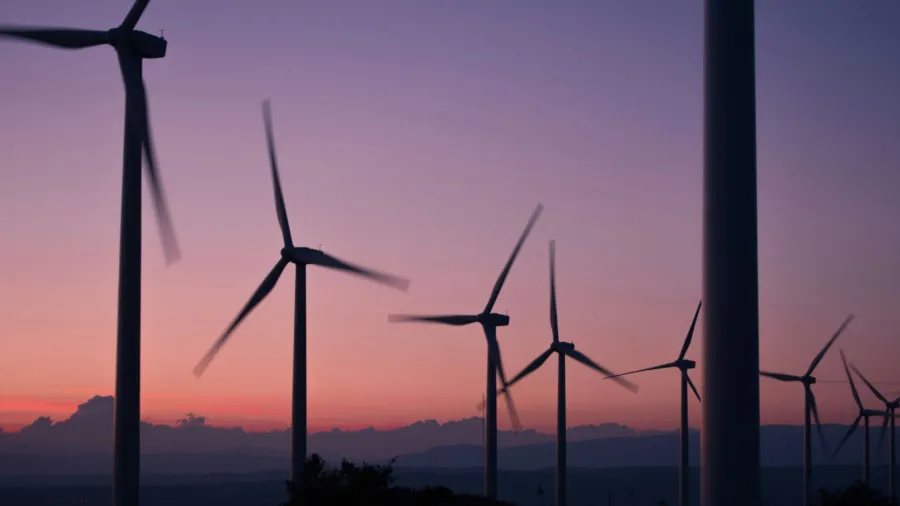
India's renewable energy tender issuances reach record 69 GW
Solar and wind tenders comprised 57% of the total tenders.
India’s tender issuances for renewable energy hit a record 69 gigawatts (GW) due to strong support from the central government, according to a report by the Institute for Energy Economics and Financial Analysis (IEEFA) and JMK Research and Analytics.
During the financial year (FY) 2024, tenders for utility-scale renewable projects were higher than the 50 GW target. Solar and wind tenders led the issuance, accounting for 57% of the total.
The remaining tenders were for wind-solar hybrid and renewable energy combined with energy storage systems.
Vibhuti Garg, Director-South Asia, IEEFA, said the Indian market has rebounded following a slump from 2019 to 2022 due to supply chain issues global price increases brought about by the pandemic and Russia’s invasion of Ukraine.
ALSO READ: NHPC aims to deploy floating solar technology in India
“There is strong investor interest in the Indian utility-scale renewable energy market. The primary reasons are the large-scale potential for market growth, central government support in terms of targets and regulatory frameworks, and higher operating margins,” Garg said.
IEEFA and JMK added that there were innovations in the kinds of renewable energy tenders as it included the country’s first large-scale offshore wind tender issued during FY2024, reaching 4 GW. A 500 MW concentrated solar and thermal storage tender will follow next year.
The report also said that there is an increase in ESS project tenders, indicating that energy off-takers prefer less intermittent and improved profiles of renewable energy output, said JMK Research Founder Jyoti Gulia.
“Since the introduction of hybrid tenders in 2018, renewable energy tendering has witnessed a strong shift in momentum from solar and wind to hybrid and renewable energy plus ESS. The emphasis on output power quality will continue to strengthen in coming years,” Gulia added.
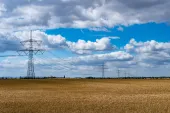
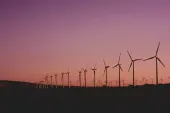

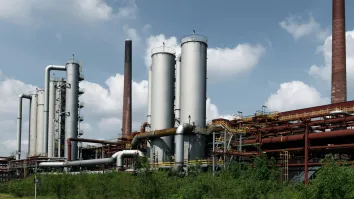
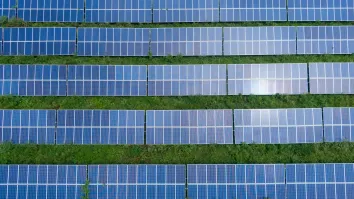
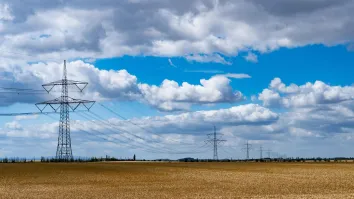













 Advertise
Advertise






